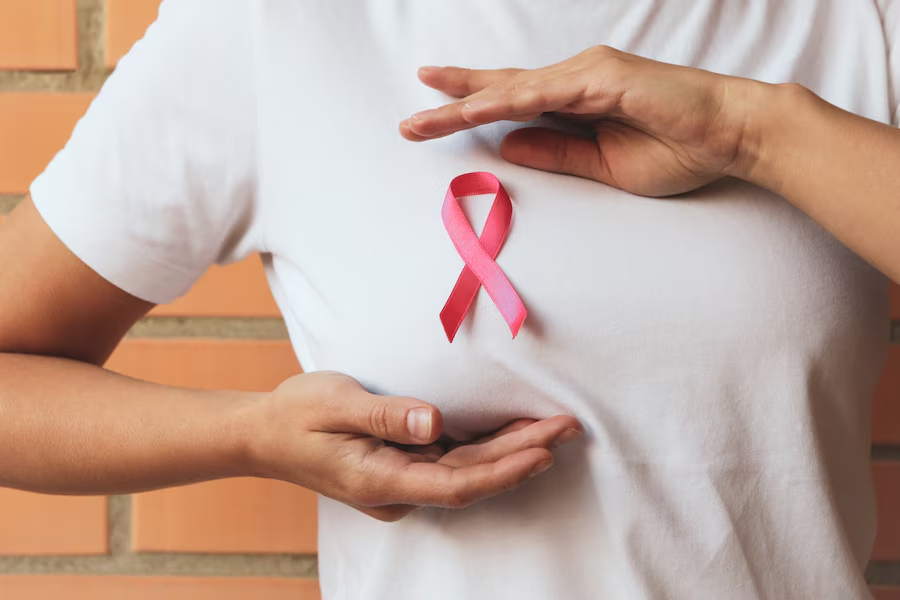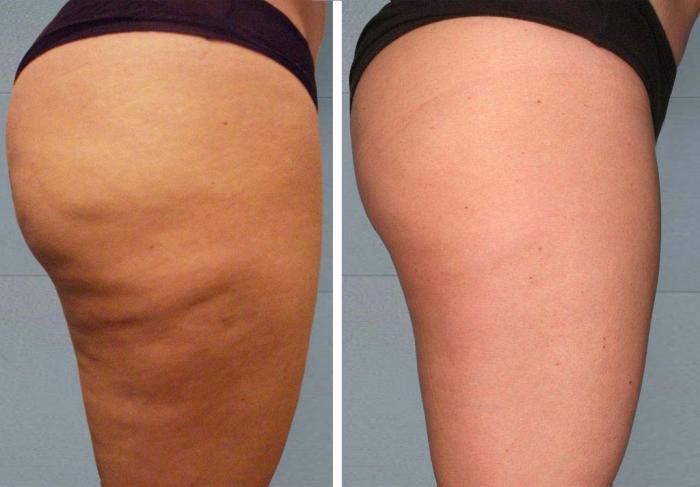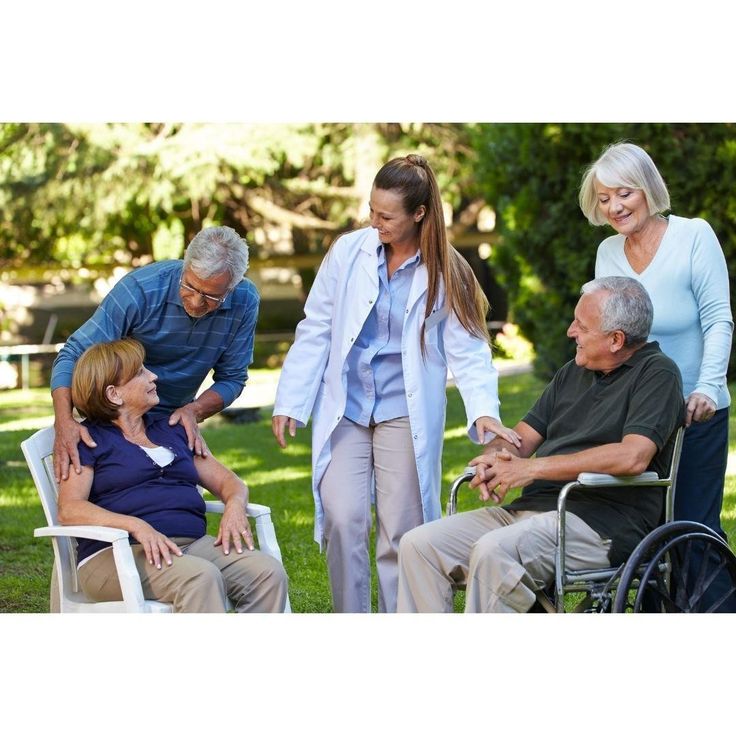How to Check Your Breasts for Signs of Cancer: What Every Woman Should Know
When it comes to breast health, awareness and early detection are key. Many cases of breast cancer are identified by individuals who notice changes in their breasts before any formal cancer diagnosis. Learning how to check your breasts regularly can make a significant difference in catching potential issues early, allowing for prompt medical intervention.
Why Regular Breast Checks Matter
Breast cancer is one of the most common cancers among women in the UK, and while it can also affect men, the risk is significantly higher for women. Early detection increases the chances of successful treatment and better outcomes. By making breast self-examinations part of your routine, you take an active role in your health and wellbeing.
When and How Often Should You Check Your Breasts?
It is recommended to check your breasts once a month, ideally a few days after your period when they are less tender and swollen. For those who do not have periods, choosing a consistent date each month can help maintain a routine.
How to Check Your Breasts
1. Look in the Mirror
Stand in front of a mirror with your shoulders straight and arms on your hips. Look for any visible changes in size, shape, or symmetry. Check for any dimpling, puckering, or changes in skin texture.
2. Raise Your Arms
Lift your arms above your head and look for the same changes. This position can help highlight any abnormalities that might not be visible otherwise.
3. Examine Your Nipples
Check if your nipples have changed in appearance, are inverted when they previously were not, or have any unusual discharge, such as blood or clear fluid.
4. Feel Your Breasts While Standing or Sitting
Using your opposite hand, feel your breast with the pads of your fingers. Move in a circular motion, covering the entire breast, from the collarbone to the top of your abdomen and from the armpit to the centre of your chest.
5. Check While Lying Down
Lying down allows your breast tissue to spread more evenly. Repeat the circular motion, applying light, medium, and firm pressure to feel deeper layers of tissue.
What to Look For
While changes in your breasts do not always indicate cancer, it’s essential to know what to look for:
- Lumps or thickening that feels different from the surrounding tissue
- Unexplained pain in the breast or armpit
- Swelling in part of the breast or underarm
- Redness, rash, or changes in skin texture
- Changes in the nipple, such as inversion or discharge
If you notice any of these changes, book an appointment with your GP as soon as possible. They may refer you for further testing, including mammograms, ultrasounds, or biopsies, to rule out or confirm a cancer diagnosis.
What Happens After a Cancer Diagnosis?
If your doctor suspects breast cancer, they will carry out additional tests to confirm the diagnosis. Early-stage breast cancer has a high survival rate, thanks to advancements in treatment options, including surgery, chemotherapy, and radiation.
Reducing Your Risk
While some risk factors, such as age and genetics, cannot be changed, adopting a healthy lifestyle can lower your risk of breast cancer:
- Maintain a balanced diet rich in fruits and vegetables
- Exercise regularly to maintain a healthy weight
- Limit alcohol consumption
- Avoid smoking
- Consider breastfeeding if possible, as it has been linked to a lower risk of breast cancer
Final Thoughts
Knowing how to check your breasts is a simple yet powerful way to take charge of your health. Early detection can lead to early intervention, significantly improving treatment outcomes. If you notice any unusual changes, seek medical advice promptly. Remember, awareness and action are the keys to beating breast cancer.













Post Comment